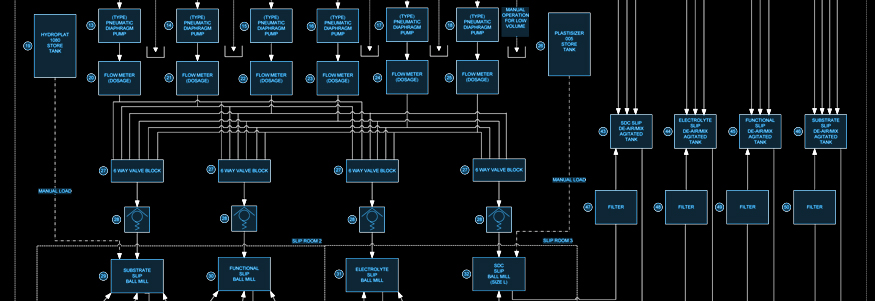Processes
|
Developing processes is a complex task that requires an engineering framework to ensure success. New ProcessesWhen you need to develop new processes or adapt existing processes then Bayly's engineering team can be relied upon to apply sound engineering processes in exploring all the options open to you, unencumbered by commercial relationships with specific equipment and system suppliers. We are able to assist you in assessing the feasibility of your options and in specifying the requirements for the new process or the adaptation of existing processes to suit your needs. Our analysis and simulation capabilities allow us to consider and compare different options, undertake "what if" and sensitivity analysis to ensure that your process will meet your needs. We have the capability to follow through on the project, further assisting you with the integration of the processes into your operations by managing the project and the commissioning and set to work activities. Safe ProcessesBayly's engineering team can assist you with improving the safety of your workplace and in reducing the impact of your operations on the environment. We work with clients to identify the hazards, assess the risks, designing and implementing solutions and checking they have the desired result. Optimising Processes & WorkflowsActions to optimise your processes begins with measuring and observation. We know to look beyond the ideal and artificial environment that is often presented as representative. We look further into the details of the tasks and how the activities are performed to determine the maintainable and sustainable levels that can be expected. Our experience in ergonomics and human engineering supports our analysis and the effectiveness of the modifications that we recommend and work to implement. Testing of the changes and further followup activities are required in order to ensure that long terms impacts and savings can be maintained. We must also remain vigilant for changes in the environment that affect the optimal process so that we can adapt the environment or the process to suit. Workflows can be optimised to minimise waste in time and resources. Wasted time and resources can never be recovered and are a cost to the business that need to be minimised. Waste MinimisationWaste minimisation is a worthy goal in any endeavour. When you develop a focus on minimising waste, you can achieve significant returns from your efforts. Auditing mass flow inputs and outputs is the place to start when hunting for waste. Bayly works to identify and quantify the waste streams so that resources can be focused on achieving the greatest returns. Use Bayly's engineering team to assist you as and when you need it |
Lean Manufacturing - a framework of four goals that Bayly uses to help you optimise your manufacturing system;
|

